Created by pouring molten aluminum into an ant colony, artists uncover realistic, bizarre anthill art molds.
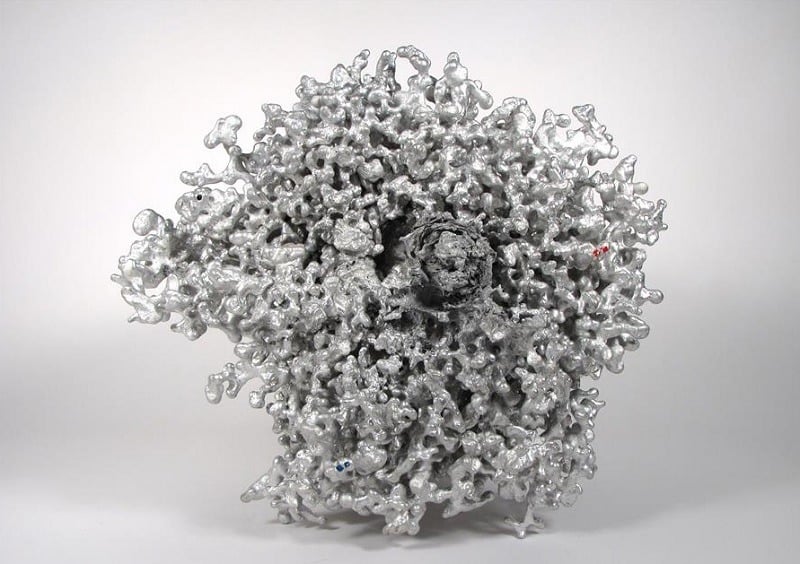
What do you get when you mix molten aluminum and ant colonies? Seriously cool anthill art. Each of the following silver molds represents the actual tunnels, spires and passages of a real-life ant colony. And we discovered two mind-bending videos that uncover the bizarre yet intriguing process.

Source: Anthill Art
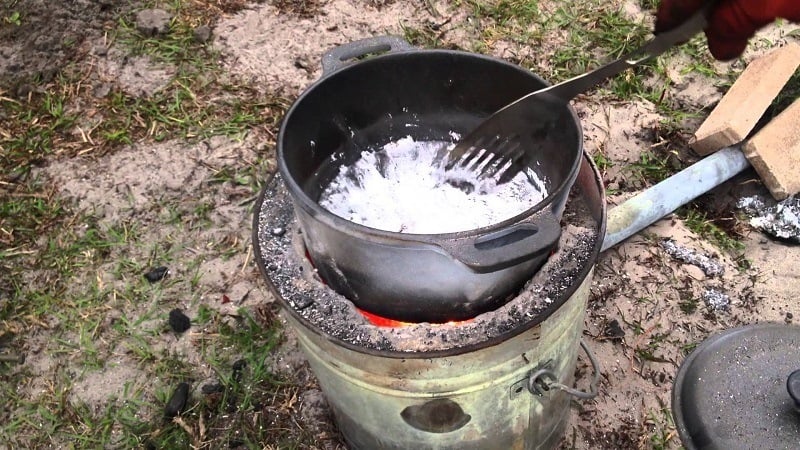
To create an anthill art mold, the artist pours silver molten aluminum into the top of the anthill. This process is pretty incredible in and of itself, as the aluminum pools and flows like an otherworldly substance.
Eventually, the aluminum cools and hardens, and the real work begins. The artist must excavate the aluminum casting from the ground, a process that requires digging surprisingly deep into the earth.
Check out this video of the artist creating a carpenter ant colony mold:
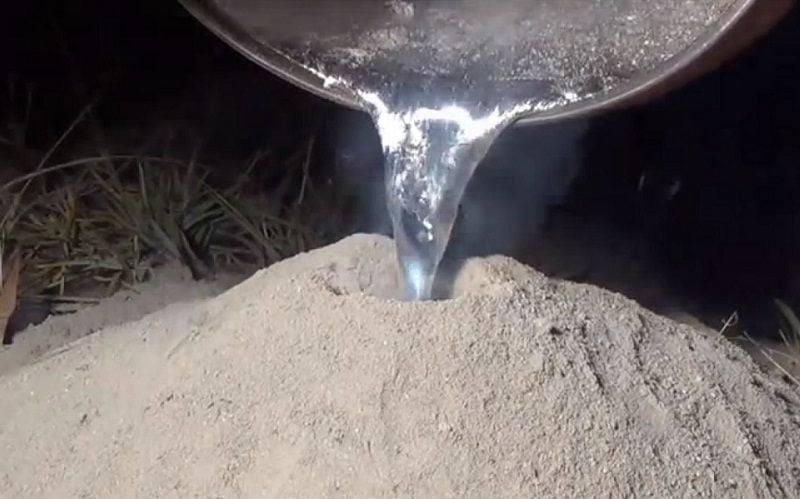

Source: Anthill Art
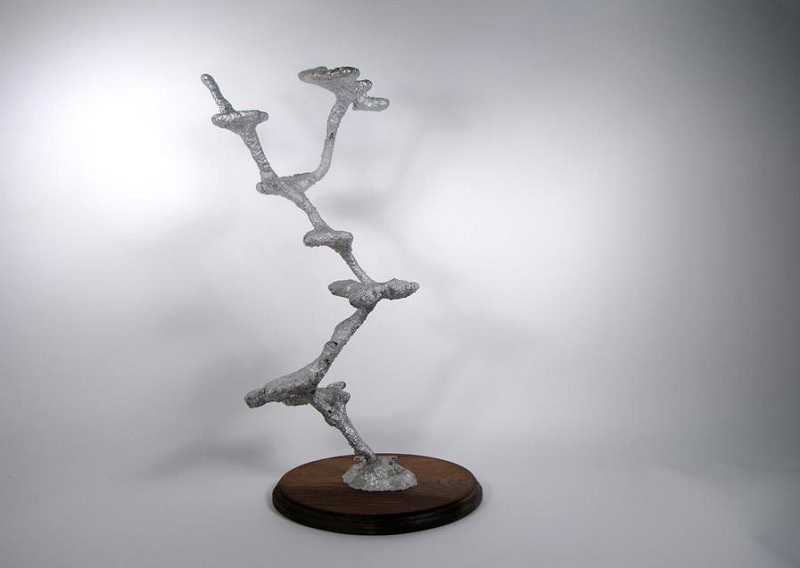
Source: Anthill Art

Source: Anthill Art
Like an archaeologist dusting a fossil, the artist then cleans the aluminum mass, finally revealing the anthill’s intricate composition. The finished project is a true-to-life replica of the old colony.
These art creations weigh anywhere from two to twenty pounds, and can stand between ten inches and three feet tall. The colonies’ variations reflect the differences in ant species, primarily between fire ants and carpenter ants.

Source: Anthill Art
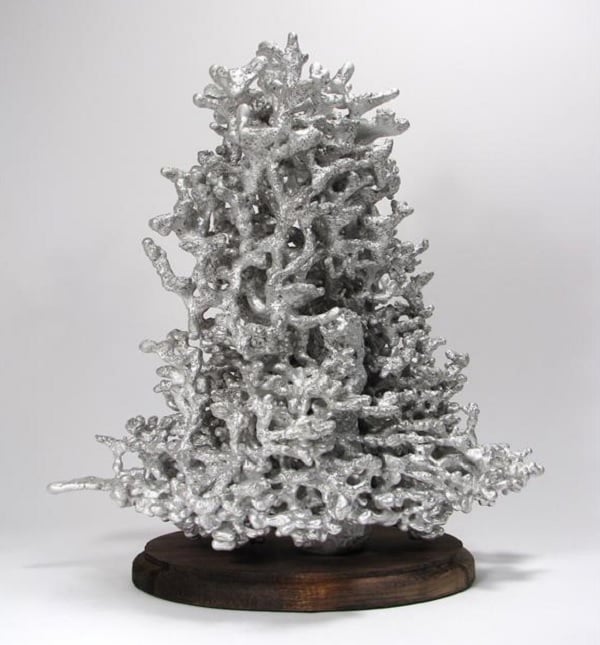
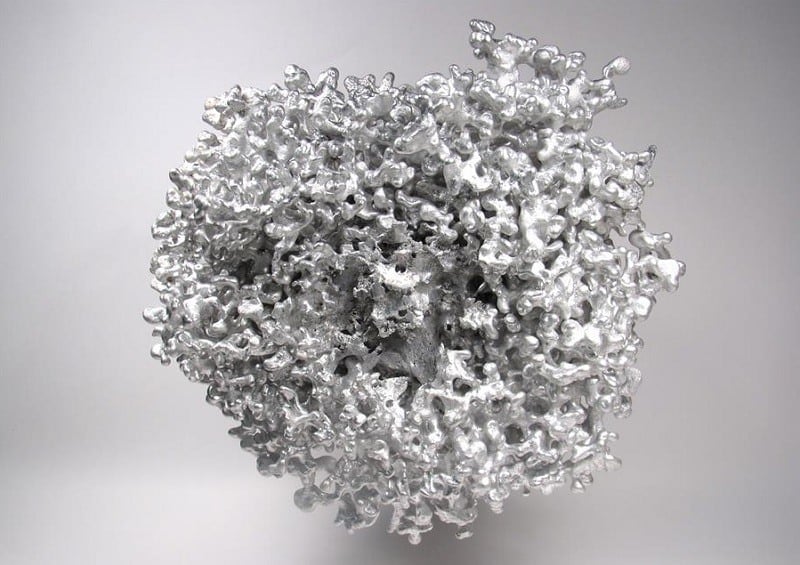
Source: Anthill Art
Of course, the aluminum artistic process has prompted outrage among some individuals from animal activist communities. These critics claim the entire process is barbaric, likening it to an anthill torture chamber and asking, “What if I poured aluminum in your house.”
While the process undeniably extinguishes the ant species, these insects are considered pests in many communities, and are often removed and killed. Although these ant colony molds are sold as artistic creations, they can also help scientists gain a deeper understanding of ant life and organization.
This video shows the artist making a fire ant colony cast:





